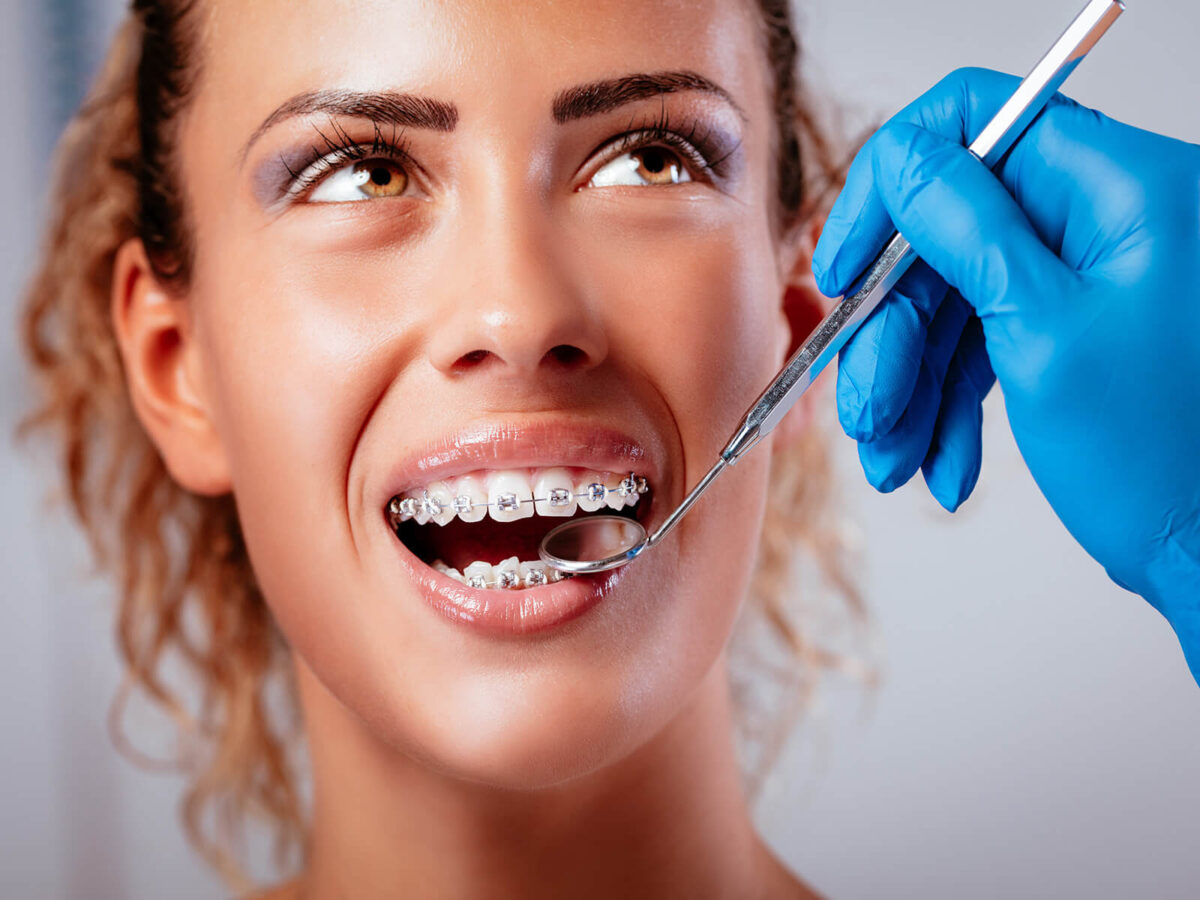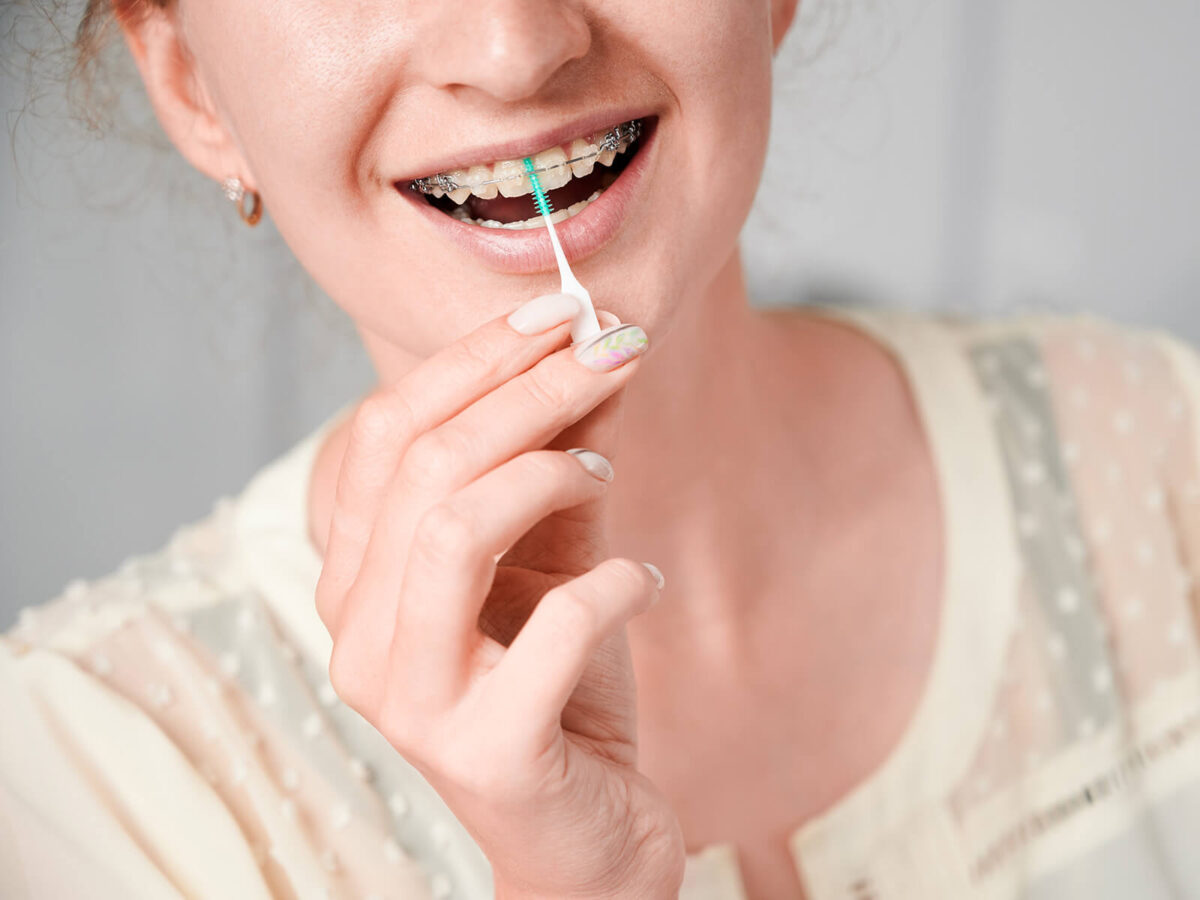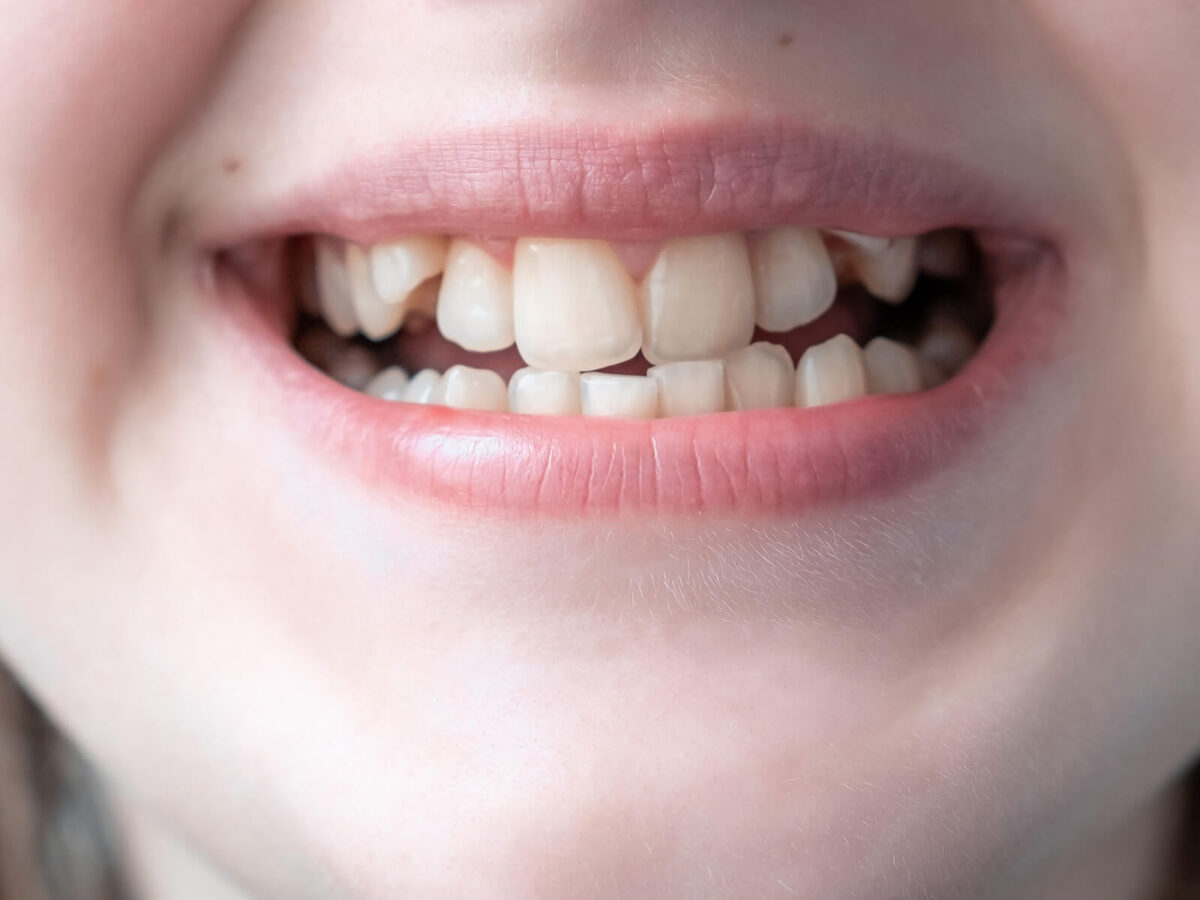After the metal braces around your teeth for as long as a few months or even years, there comes a day when you can take them off. But how long does it take to remove braces? The excitement of that new smile can make this final step seem like forever. Understanding what happens during the braces removal process will help reduce anxiety and give you a clearer picture ahead. At San Antonio Dental Office TX, dentists ensure that everything is smooth and trouble-free for patients whose dental journey is soon ending with orthodontics.
1. Braces Removal Process
Expectation
This is an easy process which takes around an hour to complete. Orthodontists utilize distinctive pliers to softly pinch every bracket, thereby releasing the glue. The wires and brackets are then gingerly taken out by your dentist from your teeth. Although this procedure may cause some pressure, it is generally painless.
Cleaning And Polishing
Once all these things are done, the remaining adhesive will be removed by your dentist using modern tools, thus making your teeth look new again. At this stage, it is essential to have a beautiful dentition that feels good when touched. Have you ever wanted to know if getting rid of braces hurt? It isn’t all that bad most times, without any intense pain but just slight tightness in the mouth.
2. Braces Removal Time
Normal Timeframe
What could prolong the removal process? Sometimes, complex adhesive or sensitive tooth nerves can stretch, this time longer. When it comes to braces removal time, it takes approximately one hour on average for different people with diverse conditions of their dental cavities and various types of attachments. Nonetheless, they generally operate rapidly and efficiently.
Time Influencing Factors
Some things determine the approximate (sometimes actual) extent of your braces removal time, like the type (metallic, ceramic, or lingual), the amount used adhesive, and overall dental health status. You can customize the process to your requirements with San Antonio Dentist TX.
3. Post-Removal Care
Immediate Steps
Your orthodontist at San Antonio Dental Office TX may want to take new molds or x-rays of your teeth after removing the braces. This will help you make a retainer, essential for keeping your teeth in position. You can also get a thorough cleansing that eliminates any leftover glue and makes teeth shiny.
Adjusting to Retainers
Have you ever thought about what it’s like wearing retainers post-braces? Many people find them easy to wear, especially if they know they will be able to maintain their straightened brace improvements that way. Naturally, retainers serve as an important device in holding our teeth at their new sites, right? They may initially need to be worn full-time before reducing the amount of daily use over some time. Forgetting any detail provided by an orthodontist could lead to symptoms returning.
Tips for a Smooth Braces Removal Experience
Before Removal
- Book your appointment early so that delays can be accommodated.
- Make sure to follow the dentist’s pre-removal advice.
After Removal
- Avoid chewing hard and sticky foods that could deteriorate your newly aligned dentition.
- Continue with regular dental check-ups to keep track of the proper arrangement of your teeth.
4. Probable Downsides to be Expected in Course of Removal
Potential Discomfort
While the braces removal process is painless in most cases, a few patients might have a slight feeling of discomfort. This may occur due to the pressure exerted during the detachment of brackets or the cleaning process after that. However, this discomfort is short-lived and not severe.
Teeth Sensitivity
It’s normal to have some degree of teeth sensitivity when you get your braces off. Sometimes, your teeth may hurt when exposed to temperature changes or certain types of food. You can use toothpaste for your sensitive teeth since it takes about one week before the condition disappears.
5. Long-Term Care for Your Dentition
Retainer Maintenance
You need to wear your retainers just as your orthodontist may instruct you to maintain your teeth in their new positions. Constant cleaning is advised to prevent plaque accumulation and smooth functionality of your adjusted teeth.
Regular Dental Visits
Unbothered dental check-ups at your local San Antonio Dentist TX work wonders for your dental life. It aids dentists in keeping track of the new teeth’ alignment and dealing with potential risks promptly, coupled with regular cleaning.
Bottom Line
Bringing an end to wearing braces signifies the commencement of a new phase in your journey toward improved oral health. While the braces removal process may seem short, the subsequent steps are crucial for preserving your radiant smile. San Antonio Dental Office TX is committed to delivering comprehensive dental care and solutions to assist you at every stage. Whether it’s the initial assessment or aftercare following the removal, their team is wholeheartedly devoted to ensuring that your experience is both positive and fulfilling. Reach out to the San Antonio Dental Office TX today to receive assistance with obtaining and upholding the perfect smile!




